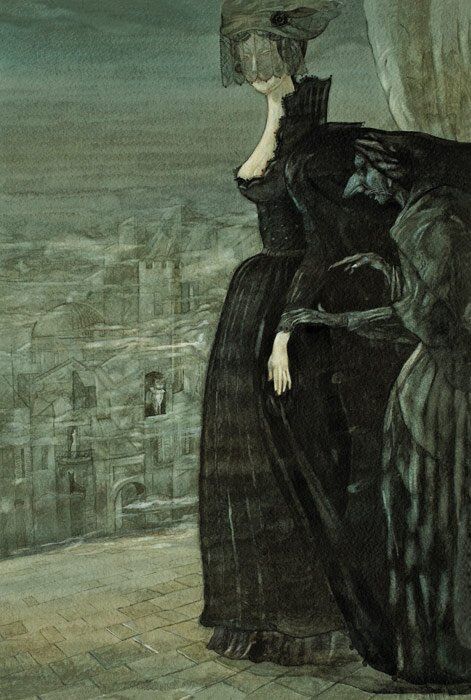Is there ever an original story?
Discussing reproductions and adaptations of literary texts
As an avid reader, I have come across my fair share of formulaic dime store paperbacks with plots so predictable they could be the same tale. And while we read these stories and dismiss them as clichés, adaptations –which often follow the story arc of the original work– are lauded and held to critical acclaim. But if authors draw so much inspiration from other sources, how original can these stories be?
For instance, the plot of The Tempest acts as the foundation for Atwood’s publication of the same title, and while the work that she weaves about a vengeful theatre director complicates and contemporizes the story, underneath everything, the structure remains the same. However, what if this structural similarity is strategic? As part of Random House’s Hogarth Shakespeare Series, Atwood’s instalment is one of five novels that serve to celebrate and revitalize the works of Shakespeare. From this perspective, it is not so much about originality but instead paying tribute.
Although some may criticize the uninspired borrow-ing of plotlines, many adaptations actually demand a high degree of creativity to avoid plagiarism while reflecting enough of the initial story. We see this with Shakespeare’s Romeo and Juliet in West Side Story, where the production team utilizes the familiar story arc to simultaneously remind audiences of the continued relevance of ancient literature, and introduce poignant sociocultural themes.
From here, we must then consider what it means for a story to be original. Does every story require an entirely different series of events? Do we demand that every character is overtly unique and unlike any other? If this were the case, then I highly doubt we would have nearly as much literature as we do. Instead, the changes in details, context, implications and demonstrations allow these stories to stand in their separately defined spaces.

The art of literary adaptation has a long-standing history that we are immersed into from birth. With many of us being educated à la Disney, it can be argued that modern adaptations of age-old tales have obscured, and perhaps even obliterated, our understanding of their true purpose and intent. While feature films such as Mulan and Hercules attempt to incorporate the essence of sociocultural dynamics of the time, it is obliquely apparent that the romanticisms embedded within do not accurately portray these ancient cultures. While this is in part due to Disney’s target market, the perversions of truth to constantly reinforce true love and happily ever afters fall distantly away from the original story. Although this may not do justice to these tales, it cannot be argued that their alterations have not resulted in original stories. Despite this, much of our knowledge is often so coloured by these adaptive representations that we tend to forget the significance of classical texts.
While certain adaptations overshadow their original stories, other works are heavily rooted in the content and meaning of the original texts to encourage discus-sion. Take, for example, Angela Carter’s The Bloody Chamber and Other Stories. This collection of short stories inverts fairy tales through a feminist lens and a touch of magic realism. Each short story confronts different archetypal conformities and sociocultural norms embedded within fairy tales, which are then criticized in the same form as the object of their scrutiny. In works of a similar vein to Carter’s stories, it becomes clear that adaptations can, and do, abandon baseline structures of traditional folklore and literature. Indeed, they can be used to expose certain ideologies and threads through new perspectives instead of simply trying to obscure context through contemporary renewal.
Stories surround and affect us immensely. The effect of adaptations on their founding works depend on their content and intent. However, each story has almost infinite interpretations. Even in the most imitative reproduction, a reader can find something that is completely original to them.
Image courtesy of The Folio Institute and Google Images
